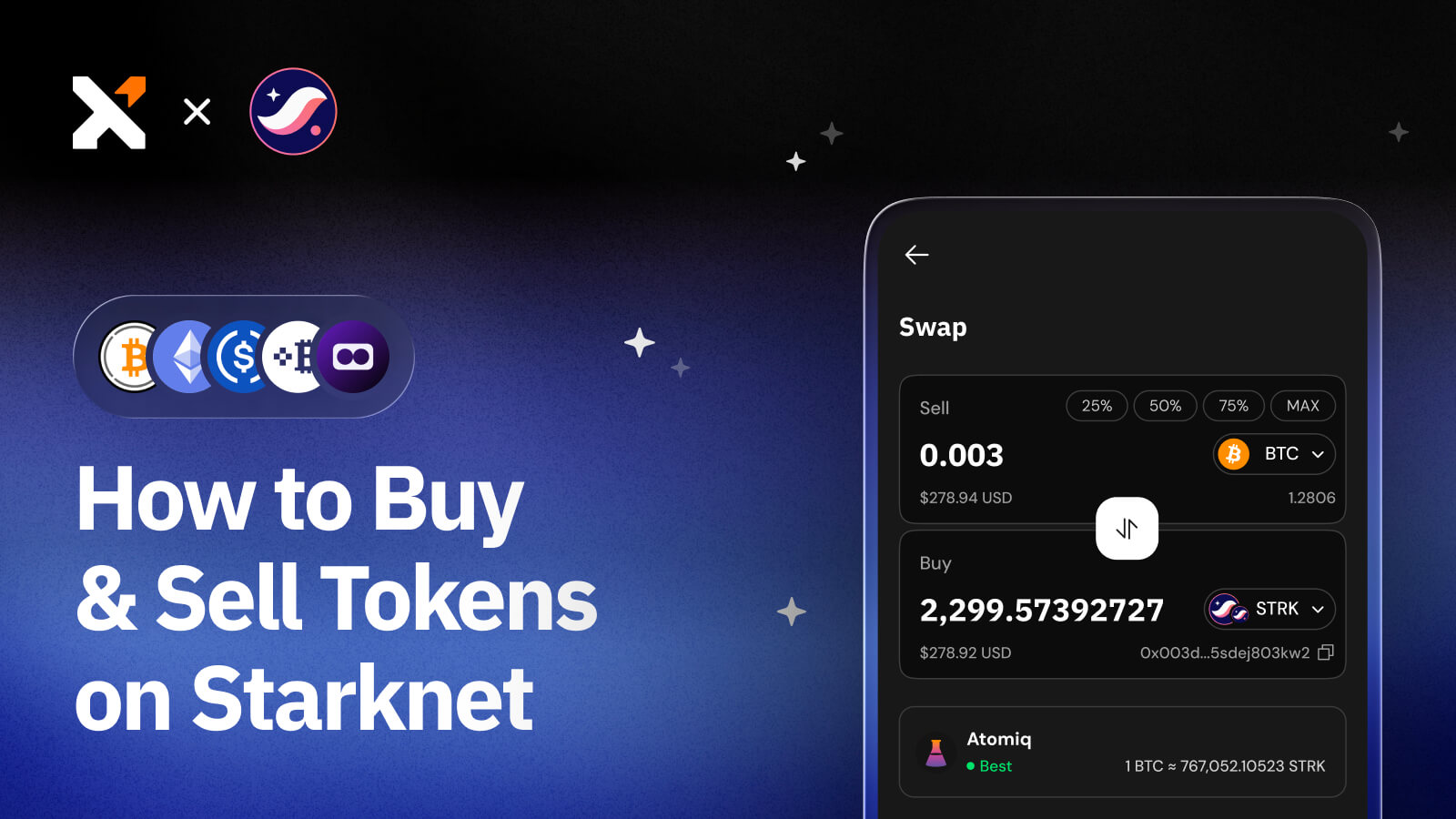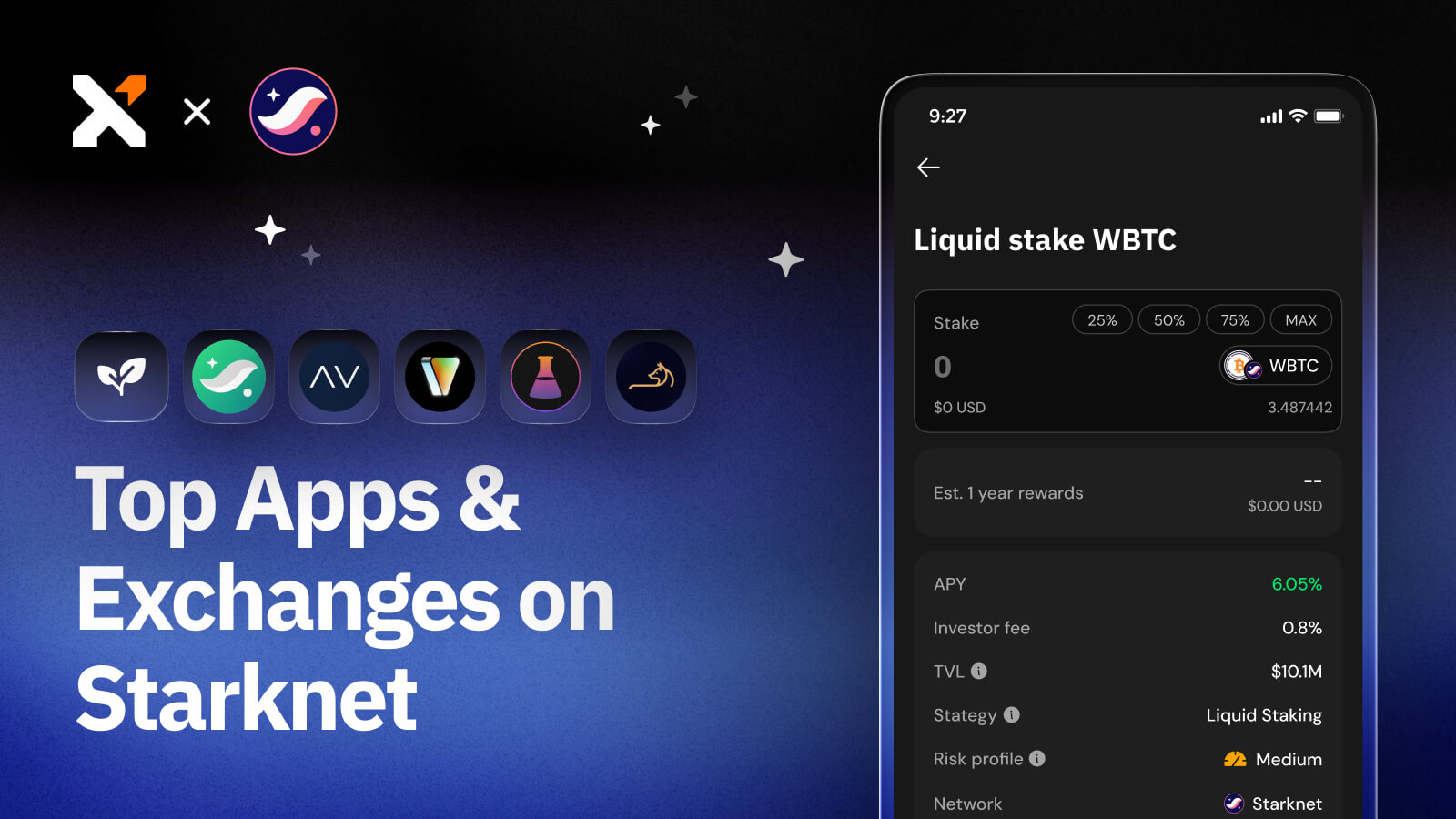What Are ARC-20 Tokens? A Beginner's Guide to Atomicals
Learn about the Atomicals Protocol’s new ARC-20 fungible token standard for Bitcoin in this guide.

Sign up for updates!
Stay tuned to our latest news and updates
.svg)
The BRC-20 token standard took Bitcoin by storm, prompting the rise of a range of new types of fungible tokens on Bitcoin. The Atomicals Protocol’s ARC-20 standard is one of them.
Read on to learn about ARC-20 tokens, how they work, and how they compare to BRC-20.
What is the ARC-20 Token Standard?
The Atomicals Protocol’s ARC-20 is a fungible token standard leveraging colored coins that use individual satoshis to represent ownership of units of deployed tokens.
Colored coins are tokens that can be used to represent real-world assets and commodities on Bitcoin, with each token being backed by the value of at least one satoshi.
ARC-20 are interchangeable tokens designed to be complementary to other existing protocols.
How Does ARC-20 Work?

The Atomicals Protocol is a protocol for minting, transferring, and updating non-fungible tokens, which it calls “digital objects,” for UTXO blockchains such as Bitcoin. It allows developers to solve the problem of representing arbitrary fungible tokens on Bitcoin through ARC-20.
The ARC-20 standard, under the Atomicals protocol, brings colored coins to Bitcoin by backing every token with one satoshi, thus securing a minimum value and adding a ‘digital gold’ appeal.
ARC-20 are flexible, interchangeable tokens that can be divided and combined just like bitcoin. The protocol allows you to mint and transfer tokens to any Bitcoin address that supports UTXO selection.
You can mint ARC-20 tokens in two primary ways: decentralized and direct minting.
Decentralized vs. Direct Minting
Both minting processes leverage the Atomicals Protocol, which uses a Javascript library and JSON files to determine functions for token creation and transfer.
Decentralized minting allows the creator to specify parameters such as the total number of mints allowed, the award per mint, the start block height, and minting conditions.
Anyone can mint tokens over time, depending on the total mints allowed by the developer. In this case, the creator deploys the ticker with parameters but does not control the distribution or supply.
Direct minting involves creating a single output that contains the entire token supply in a single transaction, with each satoshi representing one token. It gives the creator control over the supply and distribution of tokens and requires them to commit an equivalent of the intended supply of BTC.
For instance, if you want to mint tokens with a total supply of 10,000 using direct minting, you need to provide 10,000 satoshi upfront. The upfront approach increases credibility since the creators also invest sats in the project, reducing the chances of fraud or rugpull projects.
Ordinals vs. ARC-20 vs. BRC-20: Similarities & Differences
Now, let's look at some similarities and differences between Ordinals, ARC-20, and
BRC-20.

The Ordinals Protocol allows you to inscribe unique data like images, texts, and audio on individual satoshis, creating a market for non-fungible assets on Bitcoin. BRC-20 is an experimental fungible token standard that supports the creation and transfer of fungible tokens using the Ordinals protocol. Atomicals protocol is a flexible protocol for minting, transferring, and updating non-fungible tokens on Bitcoin.
While Ordinals and BRC-20 inscribe on satoshis, Atomicals, through the ARC-20 standard, link tokens to satoshis. Although they all provide similar utility, Ordinals use Taproot addresses for all use cases, including minting and transferring assets, while Atomicals use Taproot for minting and updating only. Additionally, Ordinals store only one file upon minting, whereas Atomicals can store multiple files upon minting.
Atomicals mints tokens through Proof-of-Work (PoW), as computational hashing with a CPU or GPU miner is required, while Ordinals are minted by creating and spending a Taproot output.
The Bottom Line
ARC-20 token standard is an innovative approach to introducing colored coins to Bitcoin, which can broaden the network's use cases.
This new development aims to standardize the indexing and management of tokens and link them to real-world assets. However, the standard currently lacks a concrete use case and has yet to establish a track record in the Bitcoin token economy.
Xverse is the world's leading Web3 Bitcoin wallet that allows you to store, manage, buy, and sell Ordinals and a range of other Bitcoin-native tokens. Download Xverse today to securely manage all your Ordinals and other Bitcoin assets.
Share this article



.svg)




